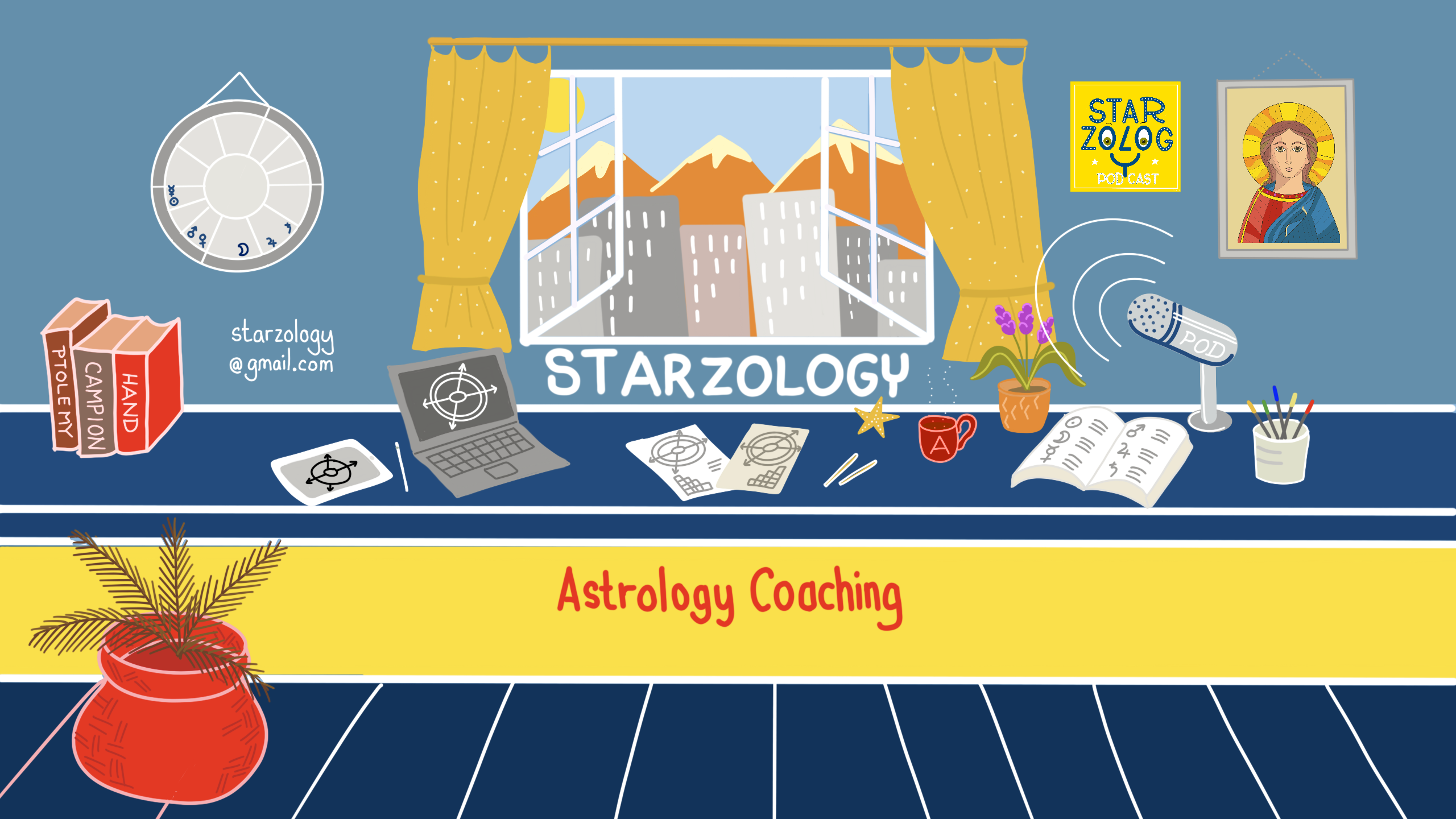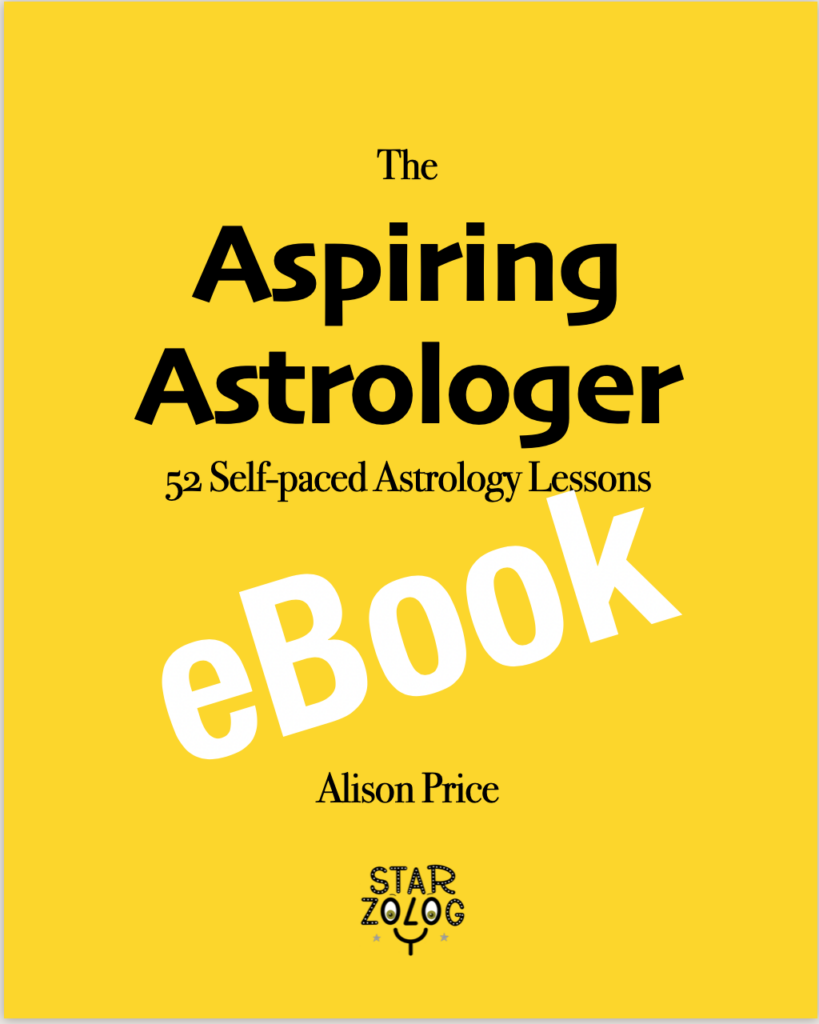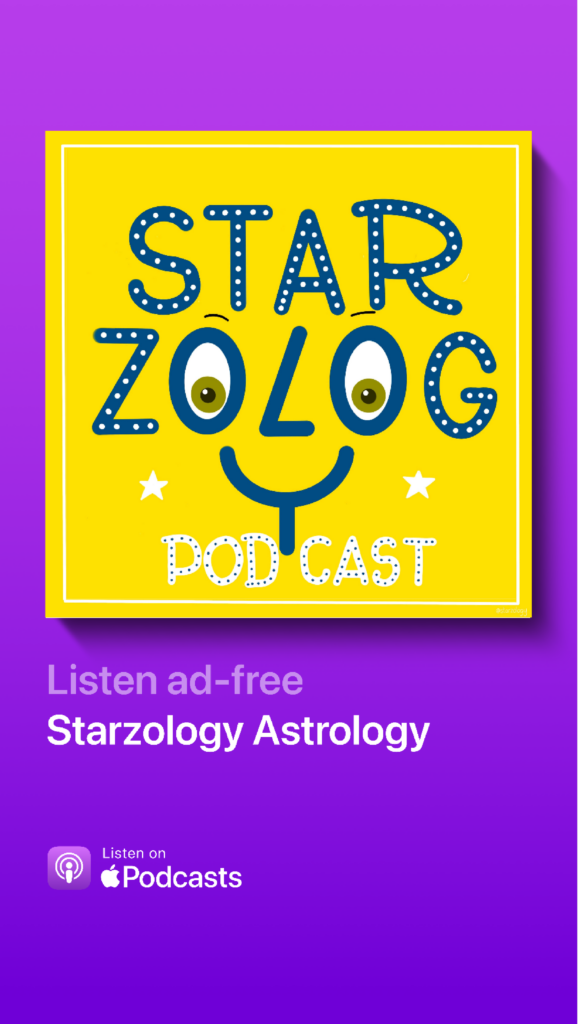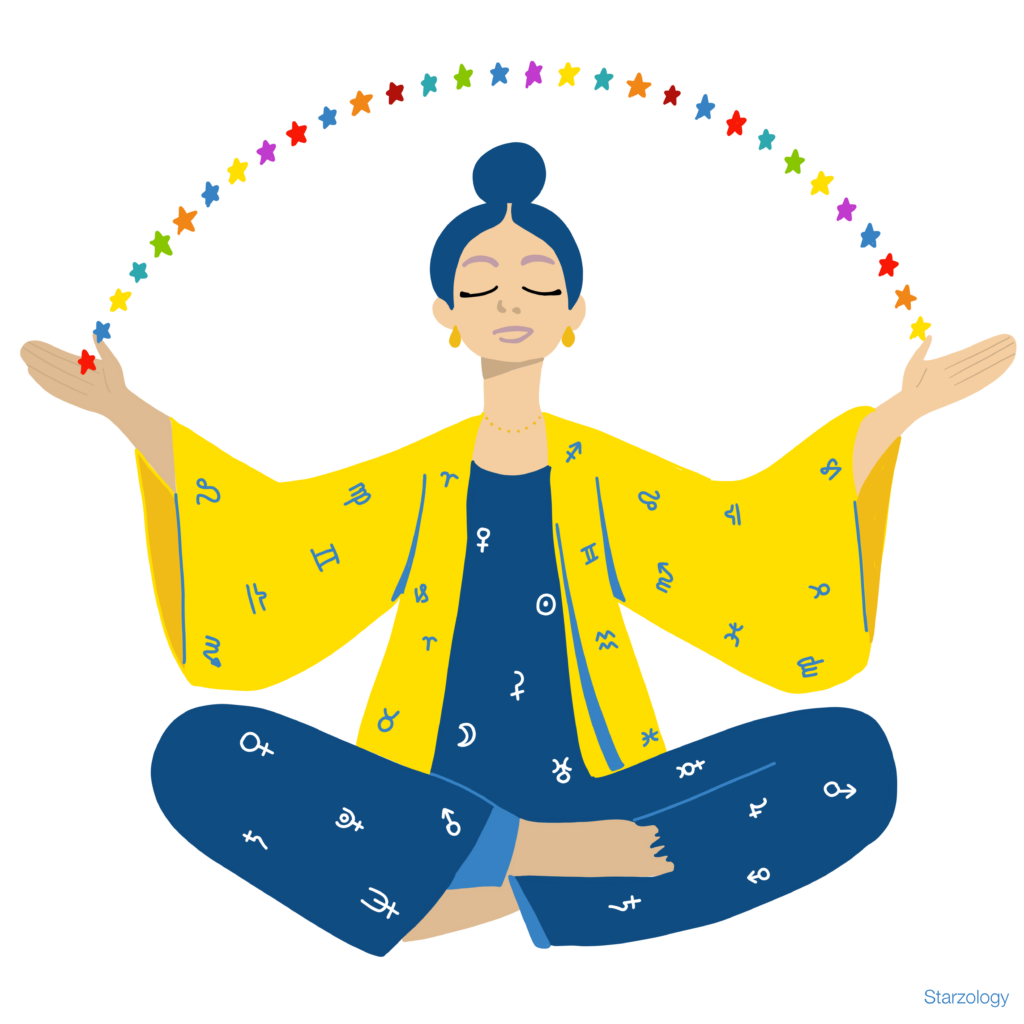Mercury and Mars aspects. We explain the difference between the five Ptolemaic aspects with the two planets Mercury and Mars in a chart.
The Opposition Aspect
The Opposition Aspect
The circle divided by two. 360°/2 = 180°
Same polarity
Planets in opposition are usually in the same polarity.
The opposition can be disassociate if one planet is in an active sign and the other in a passive sign.
Opposition Aspect Meaning
Projection
The opposition is an aspect of projection between the self and the other.
This aspect tends to flip-flop between holding a stance in the principle of the first planet and then standing on the other side looking back from the viewpoint of the second planet.
Resistance
It is an aspect that causes resistance between the two planets.
Difficult
It can be difficult, and this aspect needs work to integrate the energies.
Strives for equilibrium
The person will strive for equilibrium within the boundaries of the energies shown by the planets.
Disown
The individual may very well disown the opposite first from one side and then from the other.
Frustrating
It can be frustrating to be constantly alternating the viewpoint.
Oppositions to Other Planets
Sun oppositions create much tension and stress in life.
Moon oppositions make emotional reactions the default response to challenges.
Mercury oppositions result in arguments and verbal conflict and mental stress.
Venus oppositions suggest romance and financial affairs are very difficult to stabilize.
Mars oppositions create general resistance and an abrasive attitude.
Jupiter oppositions grow big problems and need opportunities for resolution to stabilize.
Saturn oppositions can stonewall the individual so they cannot get past the issue.
Uranus oppositions make the individual contentious and uncompromising for others.
Neptune oppositions develop escapist attitudes when the tension rises and coping is hard.
Pluto oppositions can be very difficult to find a resolution, they may be the main theme of the life.

11th House
In astrology, the 11th house suggests your friends, groups and social conscious. It shows who you associated with.

11th House
In astrology, the 11th house suggests your friends, groups and social conscious. It shows who you associated with.


















